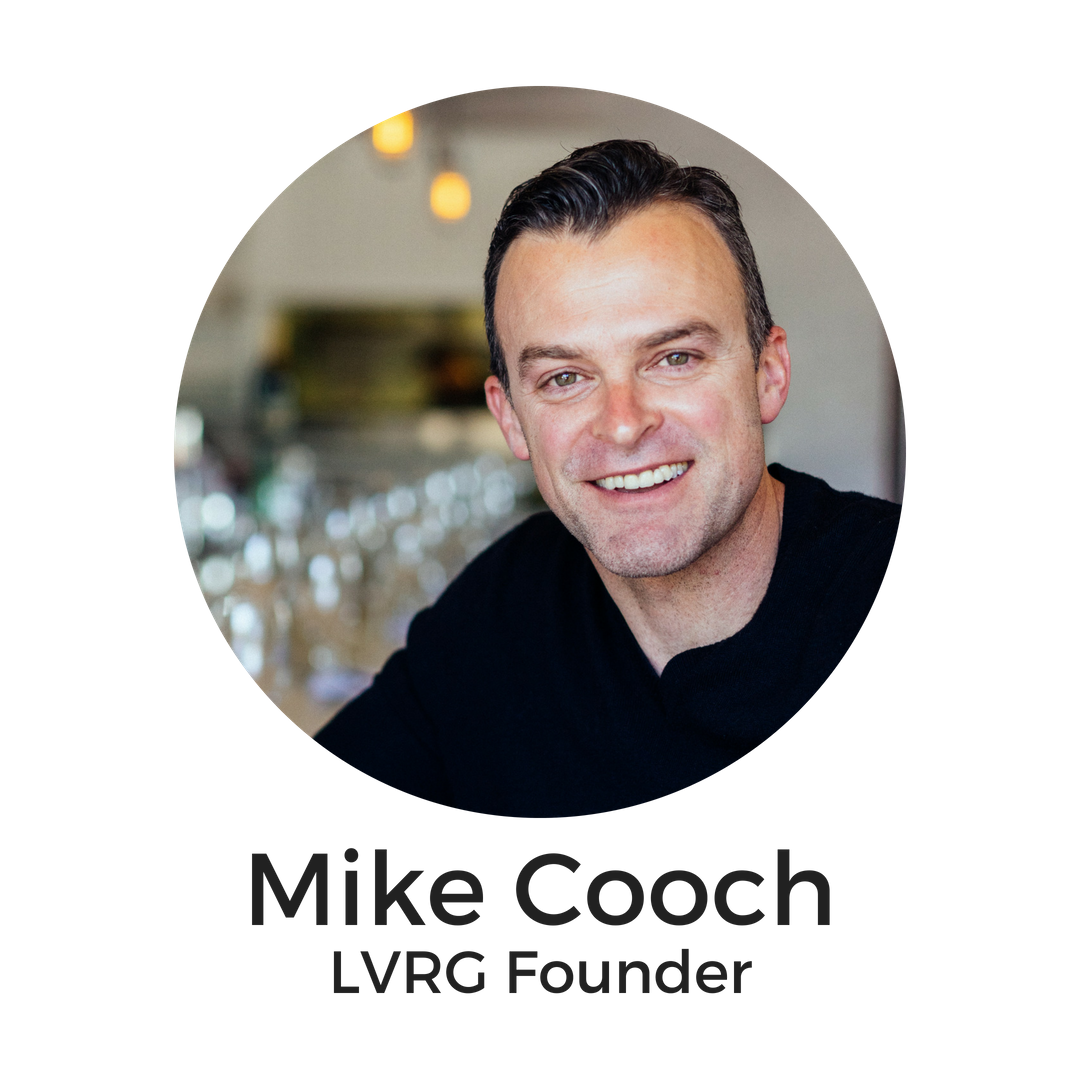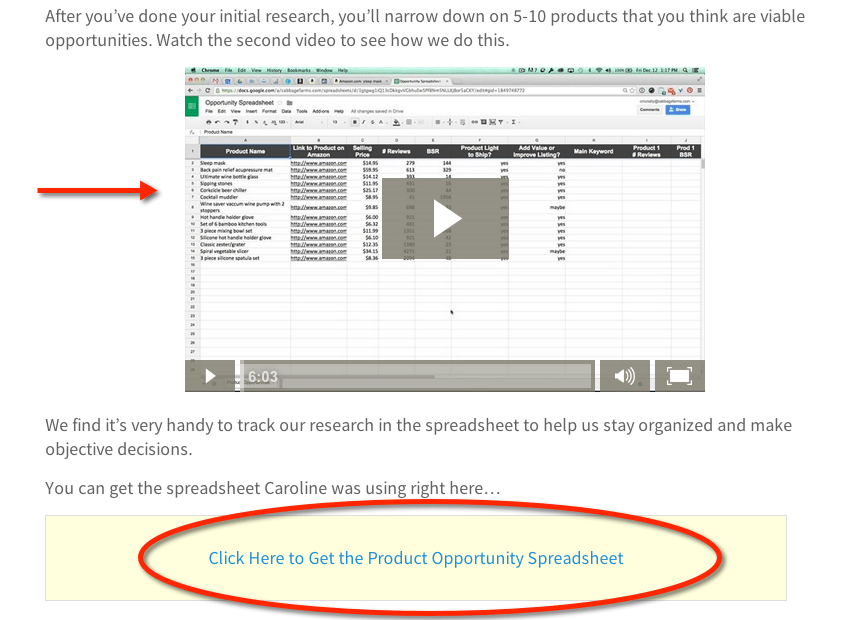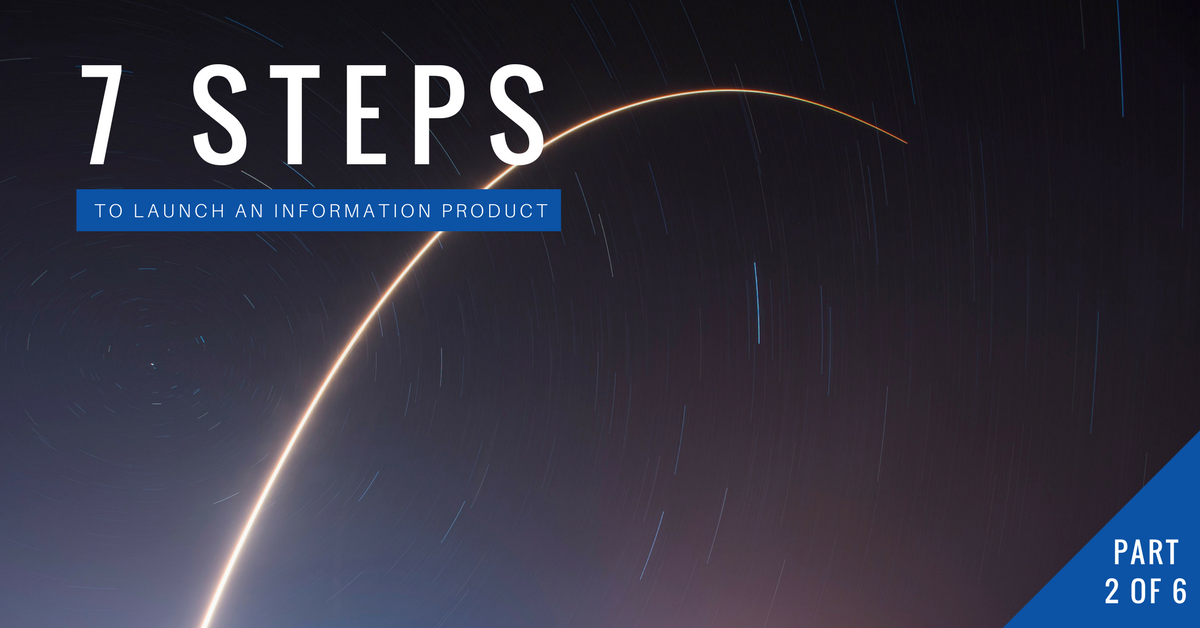
Introduction
Getting the right people to see your products can seem like an uphill climb!
It’s critical that you create ‘Lead Magnet’ content that attracts the right audience to your offers and turns them into leads that you can continue communicating with over time.
That’s why we set out to launch Bold Entrepreneur from scratch, without any affiliate support, we knew that we had to create great content that would resonate with the right audience we were targeting with our new products.
And the good news is that we had great success – we generated 804 buyers in the first 30 days of our business launch!
The model outlined below explains how.
The Seven Steps to Launching Your Information Product…We Are On Step #3
If you missed our first post, here are the seven steps again to recap:
- Determine your niche and topic
- Determine the offer you are going to make
- Publish ‘lead magnet’ blog posts that attract the right audience
- Run Facebook ads to your blog post to build your audience
- Build a high-converting funnel
- Launch to the email list and retargeting audience you’ve created
- Approve any affiliates that come to you
In this post, we are going to cover #3, which is to “Publish ‘Lead Magnet’ blog posts that attract the right audience”.
Publishing blog posts with content that is attractive to your niche and relevant to the product you are going to create is one of the most effective ways to attract an audience of hungry buyers.
Here’s how we do it:
How to Create Lead Magnet Blog Posts that Attract the Right Audience
There are all kinds of formats that work for ‘Lead Magnet’ content – podcasts, videos, etc. – but we are going to keep it simple and use blog posts.
The best way to attract the right audience, and put them in the mood to eventually buy from you, is to give them great content in your blog posts.
Give Away Great Content…Don’t Hold Back!
One of the biggest mistakes that rookie information marketers make is that they hold back on giving away great content for free, thinking they need to ‘hold back their best stuff’ for their paying customers only.
Or they believe that if they give away too much good stuff, their audience won’t have any incentive to buy.
Both of these assumptions have been proven wrong over and over again.
You should take your best content and find a way to share some or all of it freely with the world.
This benefits you in several ways:
- It attracts people that are very interested in the topic you are sharing, so you develop the ideal audience to eventually sell to
- It creates a sense of reciprocity with your readers; to some extent they feel like ‘they owe you one’ for sharing so freely with them
- It creates a high degree of curiosity about ‘what else must be behind the curtain’. After all, if that’s what you are sharing for free, your paid material must be amazing!
These three factors combine to create the perfect selling environment for you to successfully sell your products!
Use ‘Splintering’ to Create the Content to Share
How do you create the content to share in your blog posts?
It’s relatively simple, thanks to a strategy I first learned from Ryan Deiss and the team at Digital Marketer, call ‘Splintering’.
‘Splintering’ is the process of pulling off chunks of your product content (splinters) for sharing.
The beauty of this method is that you aren’t creating entirely new, unique content to share for free, you are just taking pieces of your existing product content.
That means you don’t have to do double the work!
Create your product content, then pull pieces of it to share, and you are done.
What Makes for a Good ‘Splinter’?
There is an art and a science to creating good splinter content.
Ryan Deiss and the team at Digital Marketer teach that you should create content that solves a specific problem for a specific market.
Get the point? It should be specific.
Specific sells much better than broad promises do because they speak directly to the needs, wants, and challenges of your market.
Look at the following hypothetical titles as examples of specificity, and notice the difference:
- How to Lose Weight
- How to Lose That Last 10 Pounds
- How to Lose That Last 10 Pounds While Having Fun
- Proven 3-Step System Shows You How to Lose That Last 10 Pounds While Learning Exotic Latin Dances!
See the difference?
The first title is very broad, and could attract just about anybody.
The risk is that you see and hear broad promises like this every day, so it could also attract nobody!
Clearly, if you have designed a product on how to lose weight while learning Latin dancing, then the last headline is going to draw a dramatically more targeted audience that is likely to buy.
If you are dealing with a limited advertising budget – as most of us are – then using specificity to make your Lead Magnets really resonate with most likely buyers is critical!
In our case, we created a series of blog posts titled ‘Case Study: 90 Days to Success Selling Products on Amazon’.
Honestly, we could have been much more specific in the title of our content, but we wanted to appeal to a specific audience that:
- Had heard of the opportunity of selling on Amazon
- Was interested in the opportunity
- But had not yet found success due to a number of potential reasons – including overwhelm, not being able to afford other training resources available, etc.
We found that this title, combined with some more specific language used in our ads, worked well.
Use a Lead Magnet to Build Your Email List
Now that you’ve created some good content to share, you want to use that content to get people onto your email list.
Email is still the best tool for selling your products, so you want to make sure to actively build your list of interested prospects.
The best way to do this is require your readers to opt in to get access to a very specific piece of content related to your blog post.
Just like your blog posts, this opt in bait is also a ‘Lead Magnet’, this time used specifically to collect an email address.
The best forms of these Lead Magnets have the following characteristics:
- They offer a specific desired benefit
- They have high perceived value
- They can be consumed quickly
Examples include case studies, checklists, software, and how-to guides.
Your Lead Magnet should compliment and enhance the content they’ve already been consuming in your blog post.
As an example, on our first blog post in our series titled ‘Case Study: 90 Days to Success Selling Products on Amazon’, we offered a ‘Product Opportunity Spreadsheet’ to our audience.
Why did this Lead Magnet work?
Because, based on our research covered in our first post in this series, we know that one of the major concerns is being able to pick the right product to sell on Amazon.
People don’t want to make a mistake that costs them time and money, so having a spreadsheet like ours give them the confidence that they are making a good decision.
You can see below exactly how we presented the opportunity within the blog post…first demonstrating the spreadsheet we use in a brief video, and then giving readers the opportunity to grab their own copy of the spreadsheet:

The Results
Over the course of the two week period that we were driving traffic to this blog post, we generated 1,125 opt in leads, which contributed tremendously to the 804 buyers we had during our initial product shortly thereafter.
And, of course, it gives us a list of people that we can continue making relevant offers to over time.
As you can see from the report screenshot below, the 1,125 leads cost us $2.83 each, which is an attractive price per lead in the market we are targeting.
You can also see that those leads were generated from 6,213 website clicks, meaning that nearly 20% of visitors became opt in leads.

We’ll take those numbers all day long!
Of course, achieving those numbers is only possible if you are able to find a very targeted traffic source that gets you in front of the right audience at the right price.
We’ll cover how we did that in our next post in this series!
Continue to the Next Post
Don’t stop now! You’ve got momentum on your side!
Continue to the next post, where we cover how to get very targeted traffic consisting of the right audience of prospects to your content so you can build your list on a reasonable budget!
All the best,



